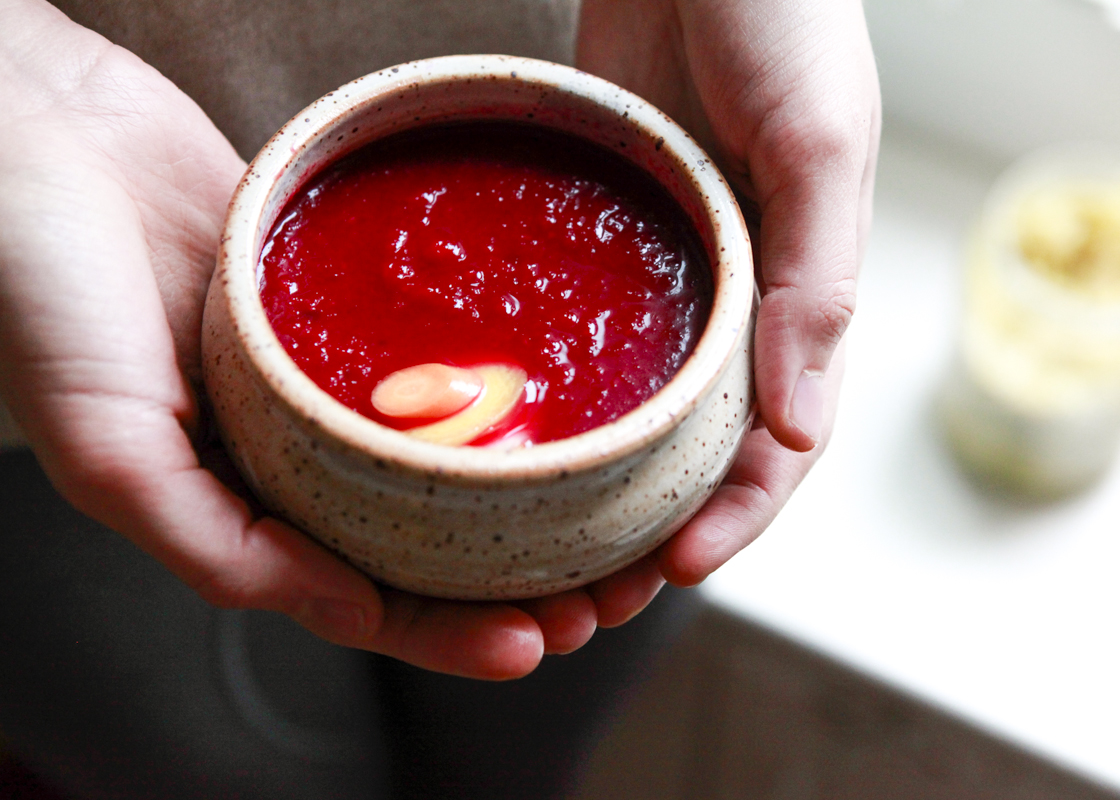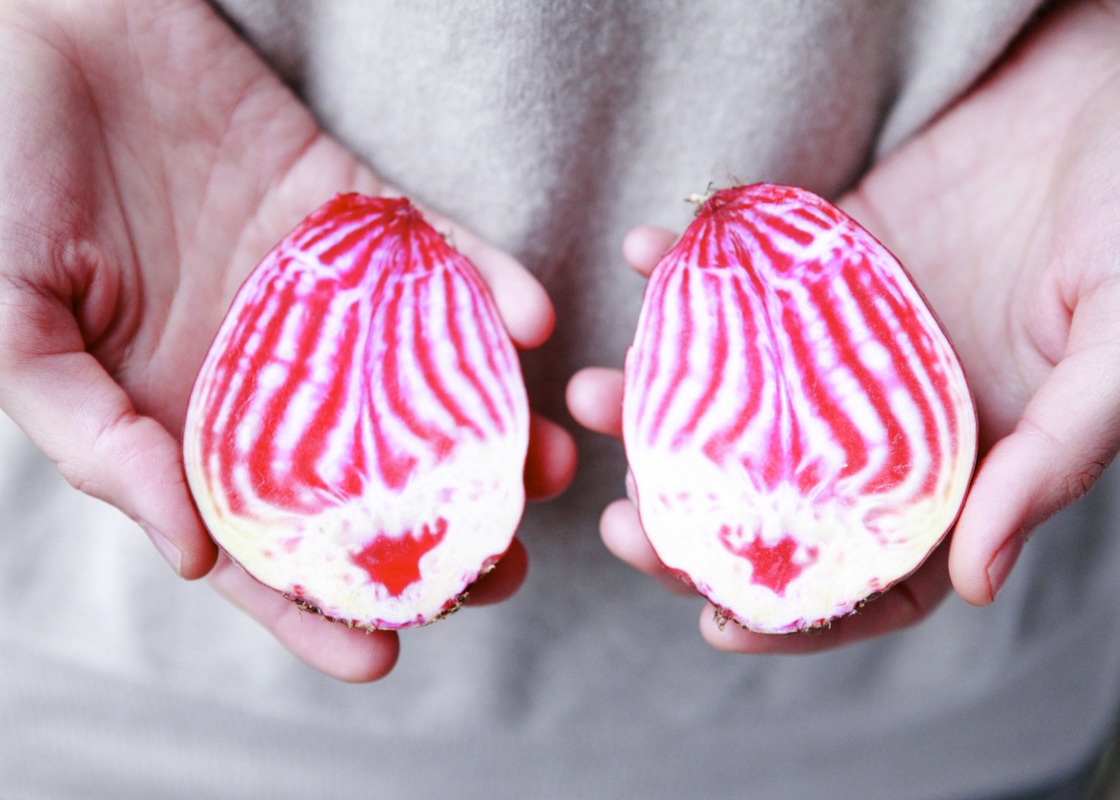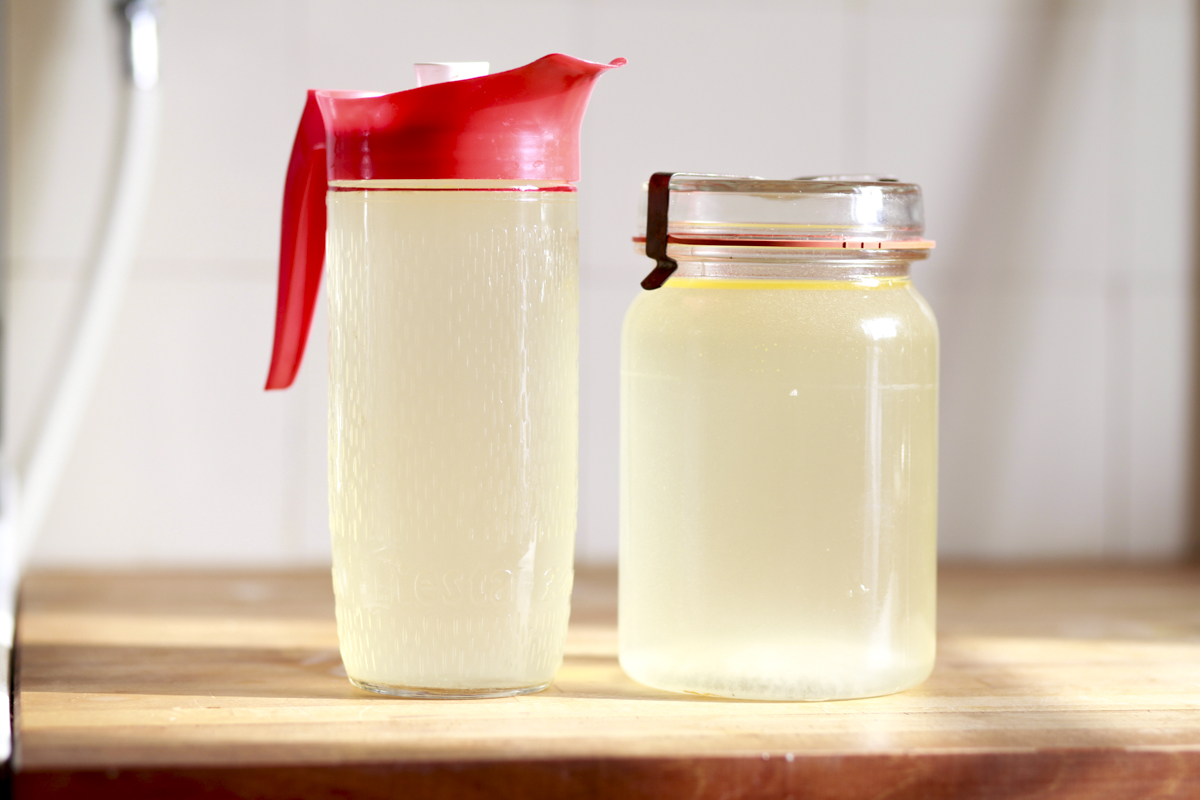During these dark winter months, Geneva becomes land-of-the-dinner-party. When the cold wind blows, when the sun straight up disappears, when night falls just before five o’clock, there’s no better way to see your friends than in your home, gathered around your table, tucking into something warm. Just last week, we were hosts on Thursday, guests on Friday and guests on Saturday. Phew. And while I sincerely adore the new friends I’m meeting here, sometimes, and especially during these more reflective months, I can’t help but miss the old ones.
Like Kasia, who lives in Vancouver. Kasia and I only met last year, but as we share a sign in the Chinese Zodiac (rabbit, in case you were wondering), were both born on the 28th (of different months, but that’s besides the point), and are both prone to a vata imbalance (the tell-tale sign being chapped lips [and too many parenthetical asides]), it’s safe to say that we’ve known each other a long, long time, karmically speaking. We met at school for holistic nutrition and it was love at first alternately serious and silly conversation. Much of the time we spent together was like one long dinner party for two (or three, or four, or six) where nourishing food and avant-garde dance moves were never-ending.
One grey winter day, we made a barszcz, which is a beet-soup for those of you who don’t speak Polish (everyone, except Polish people and Lu who learned it for fun). I’d been making barszcz a lot that winter, as beets are one of my favorite vegetables and soup is my favorite food, but had yet to prepare it with Kasia, who hails from Poland and grew up on rye bread, liver pate and, of course, beets in all forms, including soup.
Kasia’s version of barszcz is her mother’s, only half-blended and served with a whooping spoonful of mashed potatoes. As I prepare a barszcz for myself on this grey, winter day, I’m transported to that evening–beet-chopping, potato-mashing, faux-philosophizing, interpretative-dancing–and feel nourished not only by fibrous, nutrient-rich beet, but by friendship, old friendship, soul friendship which is a maybe one of the most precious nutrients of all.
The Bountiful Beet
Beets are chock-full of vitamins and minerals–folate for nervous system support , manganese for protein digestion and utilization, potassium for blood pressure regulation, copper for tissue healing and bone formation, magnesium for heart-health, vitamin C for immune system support, iron for hemoglobin production–and loads of fiber. But, their nutritional value doesn’t stop there. The beet does, in fact, go on as the pigments that give beets their robust colors–from raspberry-striped to plum-jam to golden-ochre–are actually antioxidant and anti-inflammatory compounds called betalains, which have also been shown to support our liver’s detoxification process. A nourishing choice for the, sometimes overindulgent, holiday season, indeed!
Betalains are sensitive and can be destroyed by prolonged heat. This is why I suggest making a 50-minute barszcz, where the beets are cooked for only 30-minutes or so in order to preserve these super-powers.


